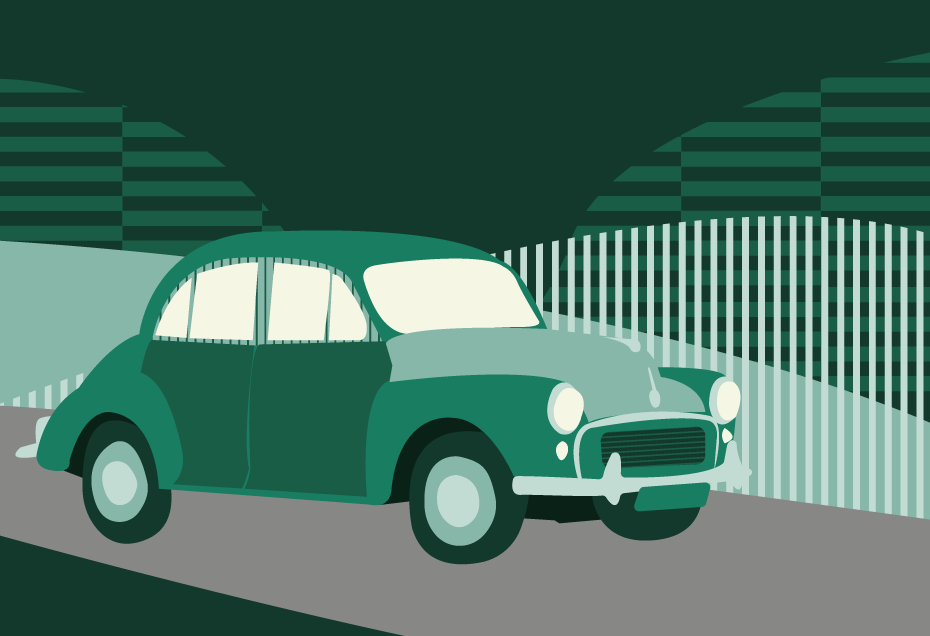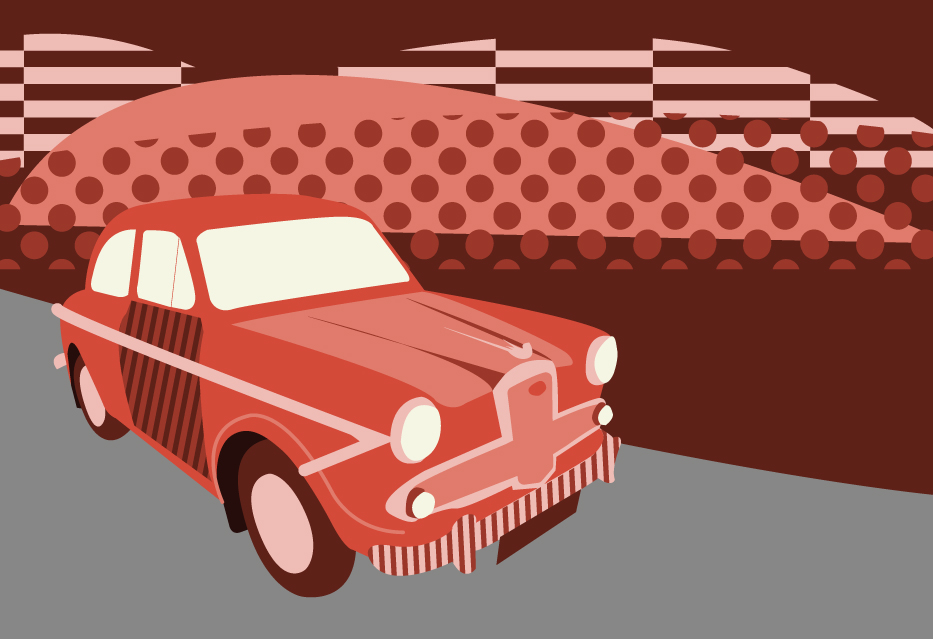The Mini is the car most often associated with the genius of Sir Alec Issigonis. But as any student of British classics will know, he also penned the Morris Minor, another triumph of design, space and engineering for the time.
While the Mini could seat four and became a style icon in the swinging 60s, the Minor pre-dated the little car by more than a decade and was a revolutionary family car with a proper boot – it was also Sir Alec’s favourite, so who are we to argue?
We take a look at the car that became synonymous with Englishness.
In 1948, post-war Britain was firmly in the grip of austerity, with the end of rationing still six years distant.
Conceived as the Morris Mosquito – a nod to the de Havilland warplane and a reminder of its place in time – the eventual Minor proved the perfect fillip for a country cautiously optimistic about the future.
Launched at the Earls Court Motor Show, the original Minor MM featured low-slung headlights neatly tucked either side of the grille, bold, uncluttered wings, good visibility, a unitary construction and a split front screen.
In style, it was very much an English version of the VW Beetle, launched in 1938, with similar front and rear wings, a little stouter, but more practical with a larger boot and, importantly, much better handling.
Like with the Mini a decade later, Issigonis had designed a car with pin-sharp steering, endearing looks – even if Morris’s proprietor Viscount Nuffield said it looked like a poached egg – and mass consumer appeal.
Originally offered as a saloon and convertible (tourer), the Minor MM was powered by a 918cc side-valve engine with a top speed of just 64mph, in stark contrast to the Jaguar XK120, launched at the same show and the world’s fastest production car, reaching 120mph.
But the Minor was never about speed – Issigonis wanted to build a quality family car affordable to the post-war working classes yet combining the luxury feel of much pricier saloons.
The result was Britain’s first mass production car and one that even six decades later is a highly useable and practical classic loved by owners and other motorists alike.
They were driven by people who were generally not in a hurry – rural shopkeepers, vicars or school teachers – and became the motoring symbol of an England unfettered by motorways, McDonald’s and mass consumer greed.
One of the reasons the Minor is so well-loved today is that it conjures up these misty-eyed visions of an age when life was simpler, when it didn’t cost £80 to fill up your car and English villages still had pubs, shops and Post Offices.
Adrian Flux Classic Car Insurance
Famously dubbed by one motoring journalist as “one of the fastest slow cars in existence” thanks to its handling prowess, the Minor MM struggled to 50mph in a shade under 30 seconds.
Very early in its production life, the “low-light” headlamps were moved from the grille to a place atop the front wings to satisfy US safety laws, and there they stayed for the remainder of the car’s production run, creating the cute “face” that became iconic.
The series II came along in 1952, complete with a new, 803cc engine taken from the Austin A30 following the merger of Austin and Morris to form the British Motor Corporation (BMC). Although the engine was smaller, top speed rose slightly to 63mph (though it took nearly a minute to reach it) and fuel economy reached 36mpg.

The same year saw the birth of the “woody” estate version, the Traveller, which, in deluxe specification, came with twin sunvisors, a heater (!) and leather trim. It proved to be immensely popular and continued in production after every other timber-based estate car had given up the ghost.

Vans and pick-ups were also added to the range in 1953 before, in 1956, the Morris Minor 1000 was born.
And it’s this car that those of us who grew up in the 1970s fondly remember, although if we’re being honest we probably hankered after an MGB or a Triumph TR6 more than a humble Moggy.
The engine was upgraded to a 37bhp 948cc unit, which saw the top speed leap to a heady 75mph and the 0-60 time slashed to “just” 31.3 seconds.
The split-screen was dispensed with and a larger rear screen was added, while in 1961 flashing indicators replaced the trafficators as the Minor moved into the modern era.

A full nine years before the end of its production run, the Minor 1000 received its final facelift in 1962, with the 1098cc engine taken from the more modern looking Austin/Morris 1100 range, ekeing out another 2mph at the top end but once again cutting the 0-60 time to 24.8 seconds.
This is as quick as it got for the Moggy, which soldiered on in dwindling production numbers with the Traveller and commercial vehicles the last of the line as the Morris Marina took over the mantle to compete with Ford’s new Escort.
The Minor certainly looked dated by this point, and didn’t quite have the sales volume or “cool” factor of the similarly outdated VW Beetle, helped by the Herbie films, to keep it alive.
But a thriving owners club has helped to keep more than 20,000 Minors of all types alive in the UK, and they remain a highly useable classic car, especially with a few tweaks to help them cope with modern traffic, with many now running BMC’s 1275cc engine.
Prices can vary, with solid cars in everyday use still available for about £2,000 and restored saloons fetching somewhere in the region of £5,000 to £6,000. Excellent convertibles tend to go for around £10,000, with Travellers going for between £4,000 and £10,000 and upwards depending on the condition.
Like our illustration of the Morris Minor at the beginning of the article?
Download a free high-quality poster version here.
Insurance from Adrian Flux
Get competitive classic car insurance for the Morris Minor with Adrian Flux.
Features can include:
- Agreed value
- Limited mileage discounts
- Owners club discount
- Laid up cover
- Wedding hire cover







